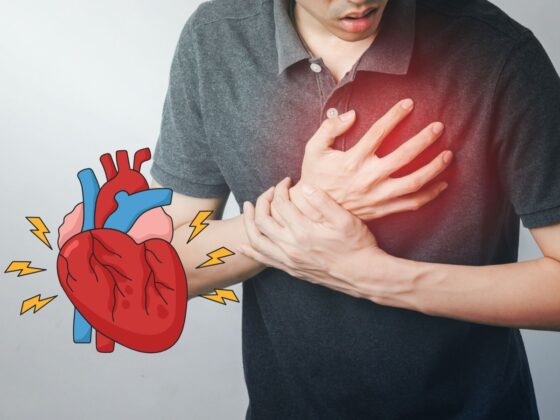The health officials have come one step closer to find the cause of the mysterious illness that has affected hundreds of people in Eluru town of West Godavari district in Andhra Pradesh.
They reportedly found excessive amounts of heavy metals like lead and nickel in the blood samples of patients suffering from the unknown disease.
“We found lead and nickel in the blood samples in excess amount. This can be one of the causes. We are sending more samples to the All India Institute of Medical Sciences (AIIMS) in New Delhi,” Himanshu Shukla, joint collector, West Godavari district told IANS.
However, causes of these metals are not known yet. Water and milk have already been tested for these metals, but no presence of these metals was found in them.
“So definitely it is not water and milk. It can be other things. We already have covered vegetables to ascertain if they could be a source. We are investigating multiple other sources,” Shukla was quoted as saying.
Vegetables samples collected from affected places have already been shipped to the National Institute of Nutrition (NIN) in Hyderabad as well as Delhi for further testing. The results of the tests are expected in the next 12 hours.
Meanwhile, the number of people affected by the mysterious illness has leaped to 551, out of which 174 are active while 350 have been discharged. About 3 to 5 minutes of epileptic fits without repetition, forgetfulness, anxiety, vomiting, headache, and back pain have been complained by the affected people.
Experts from All India Institute of Medical Sciences (AIIMS), National Institute of Nutrition (NIN), National Institute of Virology, National Centre for Disease Control, Indian Council for Medical Research as well as the World Health Organisation (WHO) are working tigether to identify the cause of this mysterious disease.
ALSO READ| 1 Dead, 292 Fall Sick With Mystery Disease In Andhra Pradesh
Lead Poisoning: Causes And Health Risks
According to the WHO, more than three quarters of global lead consumption goes to the manufacturing of lead-acid batteries for motor vehicles. Lead is also used in many other products such as paints, solder, stained glass, lead crystal glassware, ammunition, ceramic glazes, jewellery, toys and in some cosmetics and traditional medicines.
Lead can cause serious health problems as it is a highly toxic metal and sometimes it can lead to fatal condition, when it builds up in the body. This metal is naturally found in the Earth’s crust. Extensive mining, smelting, manufacturing and recycling activities are supposed to have resulted in widespread environmental contamination and human exposure.
People can get exposed to this toxic metal through inhalation of lead particles generated by burning materials containing lead and ingestion of lead-contaminated dust, water, and food.
High levels of lead have been found in certain types of unfettered cosmetics and medicines used in countries such as India, Mexico and Viet Nam. Use of these products is another source of exposure to lead.
Young children are particularly prone and more vulnerable to the toxic effects of this metal. Lead poisoning in them can affect the development of their brain and nervous system. High levels of exposure can also cause coma, convulsions and even death.
In adults, lead poisoning can increase risk of high blood pressure and kidney damage. For pregnant women, exposure to high levels of lead can cause miscarriage, stillbirth, premature birth and low birth weight.











